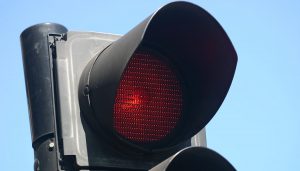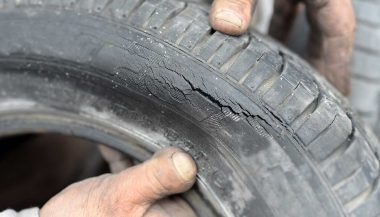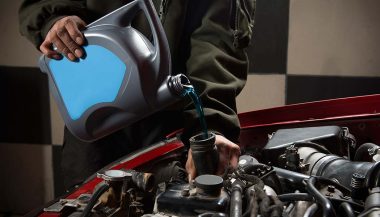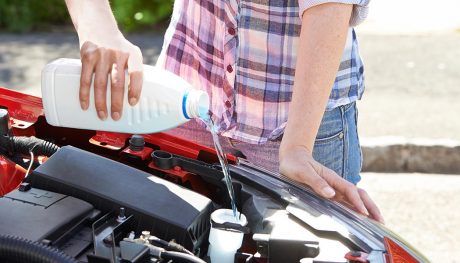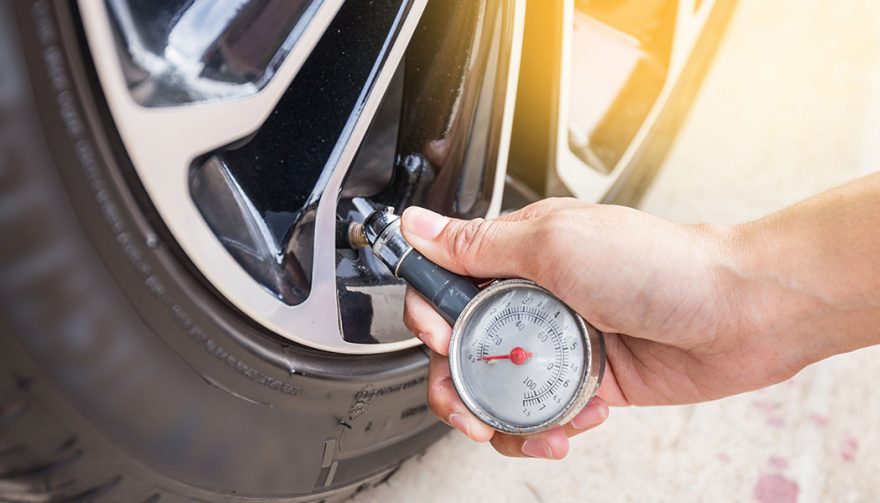
Tire pressure monitors are available on cars made after seven years ago.
The Lowdown on Your Tire Pressure Monitor
If you drive a vehicle that is seven years old or newer, it’s going to have a tire pressure monitor system. Don’t know what that means, what it does, or how it works? Read on.
Understanding Your Tire Pressure Monitor System
Why It’s There
Do you remember back in the year 2000 there was a slight tire problem that required a little more than 6.5 million tires to be recalled for tread separation? It affected Bridgestone and Firestone tires and resulted in several accidents, especially on Ford’s mainstream SUV, the Explorer or ‘Exploder’ as it was then referred to with disdain. In the year 2000, President Clinton signed the TREAD act that would require mandatory use of tire pressure monitoring systems (TPMS) by the year 2004 on all new cars to help prevent tire failure accidents and deaths. Kind of a knee-jerk reaction, don’t you think?
Well, after years of debate and going back and forth, that decision was pushed back to complete integration by 2008. Automakers were furious as the TPMS systems were considered safety equipment and customers wouldn’t feel it was a feature worth paying extra for. That mean a cut in profit margins on every sale. The several years of delays allowed carmakers to develop a cost-effective means of implementing the TPMS systems.
How It Works
Each car manufactured for the model year 2008 and newer has a tire pressure monitor system of some sort built in. All systems have the same basic component, although some operate in a more advanced manner than others.
Every system has a receiver module integrated into the body of the car. Its purpose is to receive an analog signal from tire pressure sensors and operates much like a remote keyless entry module. Often the two systems use one module to control them both.
Each tire has a tire pressure sensor mounted inside it in some way. One version uses a metal band to hold a sensor on the inside of the wheel rim, but mostly tire pressure monitor sensors are mounted on the valve stem of each wheel. The valve stem—the rubber or metal port where you adjust tire pressures—incorporates the tire pressure sensor inside the wheel.
Technically, the sensor is quite basic. It is a microelectromechanical system (MEMS) that measures pressure and sends it as an analog signal to the tire pressure monitor receiver or module. The module then converts the analog signal to a digital signal. The digital signal—which is your tire pressure reading—is compared to a threshold of allowable tire pressures for safe operation. If the tire pressure that is transmitted isn’t within the safe operating limits, the TPMS warning is illuminated in some way.
There Are Two Kinds of TPMS Systems: Indirect and Direct
An indirect TPMS system uses the data that is received from each tire and compares it to the threshold though each tire’s position on the vehicle is not monitored. That means that if you do experience low pressure on any one of your tires, a general warning is all that is given. The TPMS warning light will come on, illuminated on the dash without indicating which tire is low. You’ll still need to go around with a tire pressure gauge or bring your car into a tire shop to have the tire pressures checked.
A direct TPMS system is a little more detailed. Each TPM sensor is programmed on the vehicle and its location is determined by the receiver in some way, either by a sequence of sensor programming or by proximity. It provides specific information that is communicated to the driver, usually displayed on an instrument cluster display or through the audio system display. The individual tire pressure at each wheel is transmitted to the receiver module, converted from analog to digital, then provided as a numerical readout on the dash. When one tire pressure goes low, it’s easy to determine which one is the culprit.
Typical Issues
The two separate kinds of systems have similar problems and challenges.
- Climate changes. Tire pressure is drastically affected by changes in temperature. Especially if you live in areas that have a warm summer and a cold winter, the tire pressure can change 7-10 PSI between the seasons. The warning light can illuminate during cold mornings because the pressure dips below the allowable threshold, then goes into the normal range once the heat from driving warms up the tires. It’s not really a flaw per se but can induce anxiety when the warning light comes on.
- Battery failure. Each TPMS sensor needs to have some sort of power source so it can transmit its radio frequency ID to the receiver. It’s usually formed into the body of the sensor inside each wheel and isn’t replaceable separately in many cases. It’s recommended to replace the ‘battery pack’ or sensor every time you replace the tires which can be cost prohibitive, especially on luxury brands where the sensors can be exorbitant.
- Programming. When a tire pressure monitor sensor is installed, it needs to be programmed so the receiver can identify it belongs on the car and, on direct systems, which location it resides in. When tire rotations are performed, the sensor location changes and the system needs to be re-trained for the new locations. When seasonal tire changeovers are performed, the new set of wheels (if they have sensors) need to be programmed to the vehicle. It’s a nuisance as you have to bring it to the shop to have it retrained unless you invest in your own programmer.
- The warning light. There is a large portion of the population that has no idea what that little amber light on the dash means. It’s shaped similar to the parking brake warning light but is amber instead of red. It has an exclamation mark in the middle and loosely resembles a cutaway image of a tire tread.
If the tire pressure monitor light is on solid, it indicates that you have a tire pressure outside the threshold of safe operation. You need to check your tire pressures and have it addressed. If it flashes rhythmically, eventually staying on solid after a few minutes, that means the TPMS system isn’t recognizing one or more of the tire pressure monitor sensors. This also needs to be checked.
No matter what, remember that tire safety is still your responsibility as a driver. Check for bulges and bubbles regularly with a visual inspection, check for safe tread depth, and check the tire pressure at every fuel fill as recommended by your owner’s manual. The tire pressure monitor system is a safety assist but doesn’t take the onus of safety off of you, the driver.

